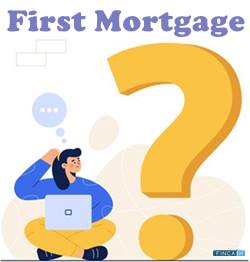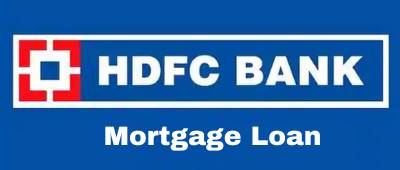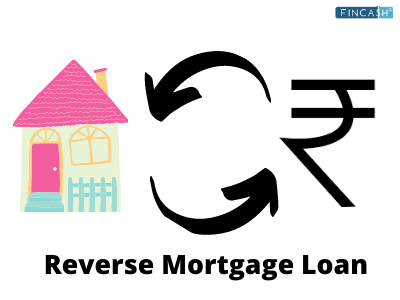
What Is an Assumable Mortgage?
An assumable mortgage is one of the financing arrangement types where an outstanding mortgage and its conditions can be transferred from the current owner to a purchaser.

By taking up the current owner’s lingering debt, the new buyer can prevent availing their own mortgage.
Explaining Assumable Mortgage
Typically, several homebuyers take a mortgage from lending institutions in order to finance their property or home purchase. A contractual agreement for the purpose of repaying the loan comprises the interest that borrowers have to pay every month along with the principal amount.
In case the homeowner decides upon selling the home at some point of time in the future, they would be able to transfer the existing mortgage in the name of the new buyer. In such a situation, the original mortgage is assumable.
In a way, an assumable mortgage lets the seller transfer the current principal amount, repayment period, interest rate and any other contractual terms to the homebuyer. This way, instead of going through a prolonged process of availing a new mortgage, the buyer can easily take over the existing one.
With this method comes a cost-saving advantage, meaning that if the current interest rate is higher, the ones on the assumable loan can be continued. However, in the period of increasing interest rates, the cost of borrowing also rises.
Whenever this happens, borrowers may get to experience higher interest rates on any of the approved loans. Thus, during this period, an assumable mortgage is likely to offer a lower interest rate that reflects the current situation of the Economy.
On the contrary, if the assumable mortgage comes with a locked-in interest rate, it will not get affected by the increasing interest rates.
Talk to our investment specialist
Benefits and Drawbacks of Assumable Mortgages
The benefits of taking an assumable mortgage in an environment of high-interest rate are restricted to the amount of present mortgage balance. For instance, if somebody is buying a home for Rs. 25,00,000 and the assumable mortgage of the seller is only Rs. 11,00,000, the buyer will either have to pay the remaining amount as a down payment or take a new mortgage to cover this amount.
On the other hand, a disadvantage would be that if the purchasing price of the home will be more than the mortgage balance, the buyer will have to take a new mortgage. In such a situation, the lending institute or the Bank may charge a high-interest rate, depending on the credit risk of the buyer.
All efforts have been made to ensure the information provided here is accurate. However, no guarantees are made regarding correctness of data. Please verify with scheme information document before making any investment.
You Might Also Like











